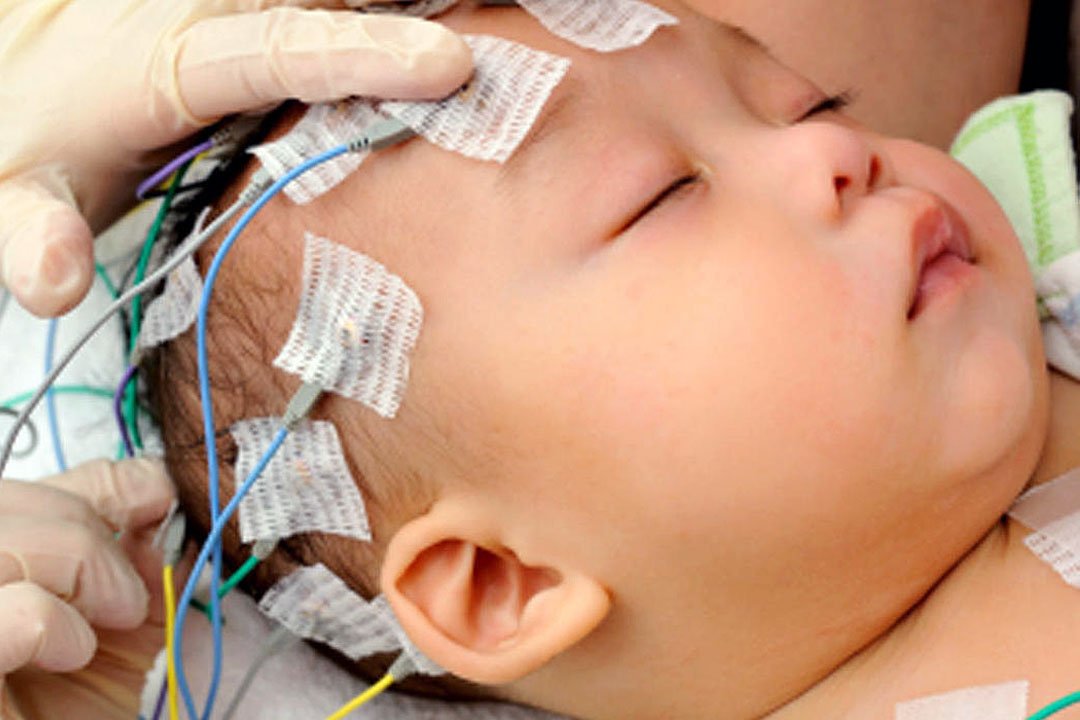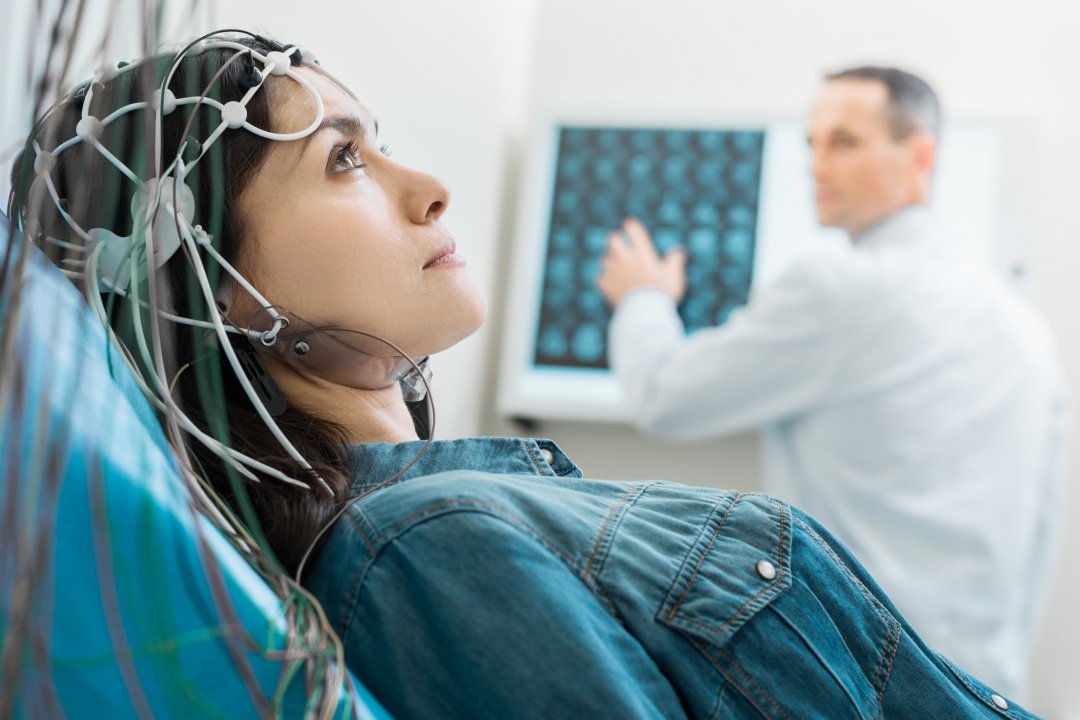Epilepsy
Introduction
Epilepsy is a continuous neurological issue that impacts an enormous number of people all over the planet. Depicted by discontinuous seizures, it can by and large impact a solitary’s very own fulfillment. Understanding epilepsy is dire for those clearly influenced as well with respect to society to support a more thorough environment. This article hopes to give a through and through look at epilepsy, covering its sorts, secondary effects, causes, end, treatment decisions, preventive measures, and that is only the start.

Types and Categories of Epilepsy
Generalized Seizures
Summarized seizures incorporate all district of the frontal cortex. There are a couple of sorts, including:
Types of Generalized Seizures
Absence Seizures
Nonattendance seizures, as of late known as petit mal seizures, are portrayed by brief slips in care. During these episodes, an individual could radiate an impression of being looking blankly into space for two or three minutes. Nonattendance seizures are most ordinary in kids and may occur on various events daily. They as often as possible sneak past everybody’s notification since they are so compact and subtle.
Tonic-Clonic Seizures
Tonic-clonic seizures, generally called spectacular mal seizures, are a large number individuals’ manner of thinking of when they hear the saying “seizure.” These seizures have two phases: the tonic stage, where the body solidifies, and the clonic stage, where the body shocks and squirms. Tonic-clonic seizures can persevere from several minutes to a couple of moments and much of the time achieve a lack of comprehension.
Myoclonic Seizures
Myoclonic seizures incorporate unforeseen, brief jerks or jerks of the muscles. These seizures can occur in gatherings and regularly continue onward for just a little piece of a second. Myoclonic seizures could impact the entire body or basically a segment, similar to the arms or legs. While they are ordinarily short, they can be exceptionally astonishing and may happen a couple of times every day.
Atonic Seizures
Atonic seizures, generally called drop attacks, cause an unforeseen loss of muscle tone, provoking falls and wounds. During an atonic seizure, an individual may suddenly collapse, oftentimes achieving wounds or breaks. These seizures are particularly challenging to supervise as a result of the bet of injury and are regularly brief, persevering through two or three minutes.

Clonic Seizures
Clonic seizures are depicted by melodic, yanking advancements of the muscles. These advancements can impact various bits of the body, including the face, arms, and legs. Clonic seizures could continue onward for a couple of moments and can make immense difficulty and unrest.
Tonic Seizures
Tonic seizures incorporate a surprising solidifying of the muscles, every now and again achieving the singular tumbling to the ground. These seizures are for the most part succinct anyway can incite enormous injuries as a result of the unexpected and amazing nature of the muscle withdrawals. Tonic seizures most customarily occur during rest yet can in like manner happen while cognizant.
Epileptic Syndromes
Certain epilepsy types fall under unambiguous circumstances, each with unique features. Models include:
• Lennox-Gastaut Problem: Regularly incorporates various kinds of seizures and academic impairment.
• Dravet Turmoil: A serious sort of epilepsy that beginnings in start.
Common Symptoms of Epilepsy
Generalized Seizures
Summarized seizures impact the different sides of the brain all along. They can show up in various designs:
Absence Seizures
• Brief Slips in Care: Generally called petit mal seizures, these are depicted by sudden, short time frames of looking into space. The individual could appear, apparently, to be straying in dream land and may not answer external overhauls.
• Subtle Turns of events: These may consolidate eye squinting or lip smacking.
• Term: Consistently last around 10-20 seconds.
Tonic-Clonic Seizures
• Loss of Mindfulness: The singular blacks out and may tumble to the ground.
• Tonic Stage: The body solidifies, which can continue onward for several minutes.
• Clonic Stage: Cadenced yanking improvements of the arms and legs, which can continue onward for a couple of moments.
• Postictal Stage: After the seizure, there is by and large chaos, shortcoming, and a portion of the time cerebral torment.
Myoclonic Seizures
• Unforeseen Jerks or Jerks: These seizures incorporate brief, shock-like jerks of a muscle or assembling of muscles.
• Individual Turns of events: Typically impact the different sides of the body simultaneously.
• Brief Length: Each jerk usually happens for just a little part of a second.
Atonic Seizures
• Surprising Loss of Muscle Tone: Generally called drop attacks, these seizures cause a sudden and thrilling loss of muscle strength.
• Falls: considering the startling muscle loosening up, individuals much of the time breakdown, inciting likely injuries.
• Brief Range: These seizures are by and large incredibly short, getting through several minutes.
Focal Seizures
Focal seizures, generally called partial seizures, begin in one district of the frontal cortex. They are requested into two sorts:
Simple Focal Seizures
• No Lack of Insight: The solitary leftover parts careful yet may experience amazing sensations or advancements.
• Motor Secondary effects: These can recollect snapping improvements for one piece of the body, similar to the hand or face.
• Material Incidental effects: These may incorporate peculiar sensations, for instance, shuddering, a vibe of history rehashing the same thing, or astonishing inclinations or fragrances.
Complex Focal Seizures
• Debilitated Care: The individual may be somewhat careful or in a dream like state, habitually appearing to befrustrated or confused.
• Drawn-out Improvements: These can integrate hand wringing, lip smacking, or walking around and around.
• Postictal Confusion: After the seizure, there may be a period of disorder or inconvenience talking.
Uncommon Symptoms of Epilepsy

Psychic Symptoms
• Fear or Disquiet: Surprising vibes of fear or pressure can go previously or go with seizures.
• An impression that this has occurred previously or Jamais Vu: Experiencing a vibe of shared characteristic (this feels recognizable) or freshness (jamais vu) with a situation can occur during seizures.
Autonomic Symptoms
• Sweating: Surprising sweating episodes may be a sign of a seizure.
• Infection: A couple of individuals experience squeamishness or stomach trouble beforehand or during a seizure.
• Understudy Development: Changes in student size can occur.
Cognitive and Emotional Symptoms
• Memory Disrupting impacts: Inconvenience reviewing events beforehand or after a seizure is typical.
• Up close and personal Changes: Surprising, serious sentiments like pleasure, wretchedness, or shock could occur with basically not an obvious reason.
Causes and Risk Factors
Genetic Factors
Genetic tendency expects a basic part in specific kinds of epilepsy. Certain characteristics could grow defenselessness to seizures.
Brain Conditions
• Head Injury: A critical head injury can incite epilepsy.
• Frontal cortex Developments: Can cause seizures.
• Stroke: A fundamental wellspring of epilepsy in more settled adults.
Infectious Diseases
• Meningitis: Irritation of the frontal cortex or spinal line can set off seizures.
• Makes a difference: Can cause epilepsy.
• Viral Encephalitis: An aggravation of the psyche achieved by a disease.
Prenatal Injury
Mind hurt before birth, due to illness, awful food, or oxygen needs, can achieve epilepsy.

Developmental Disorders
Conditions like mental unevenness and neurofibromatosis often compare with epilepsy.
Diagnosis and Tests
Medical History and Physical Examination
Beginning investigation incorporates quick and dirty clinical history and genuine tests to perceive anticipated explanations behind seizures.
Neurological Exam
Reviews motor limits and mental attempting to distinguish oddities.
Blood Tests
Help with perceiving conditions that might be causing seizures, similar to illnesses or inherited conditions.
Electroencephalogram (EEG)
Measures electrical activity in the frontal cortex to recognize abnormalities. A central gadget in diagnosing epilepsy.

Imaging Tests
• X-beam: Can recognize hidden peculiarities in the psyche.
• CT Result: Accommodating in distinctive diseases, kicking the bucket, and developments.
Medications for Epilepsy
Antiepileptic Drugs (AEDs)
Antiepileptic drugs (AEDs) are the essential line of treatment for by far most with epilepsy. They help with controlling seizures by diminishing outlandish electrical development in the psyche.
Common AEDs
• Valproate (Depakote): Strong for summarized seizures and a couple of focal seizures.
• Lamotrigine (Lamictal): Used for a combination of seizure types and much of the time enjoyed for its lower
Side Effects
• Levetiracetam (Keppra): Known for its broad reach sufficiency and less prescription correspondences.
• Carbamazepine (Tegretol): In a general sense used for focal seizures.
• Topiramate (Topamax): Used for both summarized and focal seizures.
Eventual outcomes
• Ordinary Delayed consequences: Drowsiness, intoxication, weight gain, and gastrointestinal issues.
• Serious Optional impacts: Perspective changes, skin rashes, liver mischief, and blood issues.
Considerations
• Standard Checking: Blood levels of AEDs every now and again ought to be seen to ensure sufficiency andavoid noxiousness.
• Adherence: Unsurprising medication adherence is basic for strong seizure control.
• Redone Treatment: The choice of AED depends upon the kind of seizures, the patient’s age, direction, in everyday prosperity, and possible auxiliary impacts.
Surgical Options

Resective Operation
Frame
Resective operation incorporates disposing of the piece of the frontal cortex where seizures start. Best for focal seizures don’t answer drugs.
Types
• Common Lobectomy: The most notable sort, including removal of part of the transient bend.
• Lesionectomy: Clearing of a specific brain injury causing seizures.
Risks and Benefits
• Benefits: Can generally reduce or attempt to clear out seizures.
• Bets: Potential complexities integrate mental deterioration, language difficulties, and pollution.
Laser Interstitial Warm Treatment (LITT)
LITT uses lasers to warm and crush the seizure-causing area of the frontal cortex. It is less prominent than standard operation.
Benefits and Risks
• Benefits: Unimportantly prominent with a more restricted recovery time.
• Bets: Like those of resective operation, including anticipated that damage should enveloping frontal cortex tissue.
Deep Brain Stimulation (DBS)
DBS incorporates implanting terminals in unambiguous district of the frontal cortex to convey electrical main thrusts that immediate weird activity.
Benefits and Risks
• Benefits: Can lessen the repeat and reality of seizures.
• Bets: Pollution, biting the dust, and contraption misfire.
Vagus Nerve Stimulation (VNS)
VNS incorporates implanting a device that sends electrical pulses to the frontal cortex through the vagus nerve.
Benefits and Risks
• Benefits: Can reduce seizure repeat and reality, and further foster perspective.
• Possibilities: Harshness, throat distress, and sickness at the insert site.
Therapies

Ketogenic Diet
The ketogenic diet is a high-fat, low-starch diet that has been shown to diminish seizures in specific people, particularly youths with difficult epilepsy.
Mechanism
The eating routine incites a state of ketosis, where the body uses fat as opposed to sugars for energy, which seems to lessen seizure development.
Considerations
• Extreme Adherence: The eating routine requires mindful planning and serious adherence.
• Clinical Administration: Should be begun and really looked at by clinical benefits specialists to avoid dietary deficiencies.
Cognitive Behavioral Therapy (CBT)
CBT can help with managing the psychological impact of epilepsy, similar to strain, hopelessness, and stress, which can set off seizures.
Benefits
• Chips away at Individual fulfillment: Helps individuals with making strategy for practical adaptations and further fosters their overall thriving.
• Diminishes Seizure Repeat: By regulating strain and disquiet, CBT might indirectly at any point help with diminishing the repeat of seizures.
Biofeedback
Biofeedback incorporates using electronic devices to tell individuals the best way to control physiological cycles that are typically mandatory, for instance, heartbeat and muscle pressure.
Benefits
• Effortless: Protected and innocuous with no auxiliary impacts.
• Empowering: Helps individuals with managing their seizures and stress responses.
Lifestyle Adjustments
Stress Management
Techniques
• Care and Reflection: Practices that help with diminishing tension and further foster place.
• Work out: Normal real work can chip away at all things considered prosperity and abatement pressure.
Sleep Hygiene

Importance
Adequate and consistent rest is fundamental for administering epilepsy, as absence of rest can set off seizures.
Tips
• Customary Rest Schedule: Raising a ruckus around town and arousing all the while reliably.
• Rest Environment: Laying out a pleasant and quiet rest environment.
Diet and Nutrition
Recommendations
• Changed Diet: An eating routine affluent in normal items, vegetables, whole grains, and lean proteins maintains for the most part prosperity.
• Avoiding Triggers: A couple of individuals could need to avoid express food assortments or substances that trigger seizures.

Preventive Measures
Risk Factor Management
Directing essential conditions and avoiding triggers can help with thwarting seizures.
Lifestyle Changes
Sound eating standard, typical movement, and avoiding alcohol and prescriptions can diminish seizure repeat.
Regular Medical Check-ups
Ordinary conversations with clinical consideration providers ensure authentic organization and change of treatments.
Personal Stories or Case Studies
Records of individuals living with epilepsy can give trust and understanding. These records highlight the troubles and wins experienced by those with the condition.
Expert Insights
Articulations and appeal from sensory system trained professionals and epilepsy specialists can give capable perspectives on managing and sorting out epilepsy.

Conclusion
Understanding epilepsy is basic for managing the condition really and supporting those affected by it. Continued with investigation and care are key for chipping away at the presences of people with epilepsy.
FAQs
What is epilepsy?
Epilepsy is a neurological disorder characterized by recurrent, unprovoked seizures.
What causes ?
Epilepsy can be caused by genetic factors, brain conditions, head injuries, developmental disorders, and prenatal injuries.
What are the types of seizures?
Seizures can be generalized (affecting both sides of the brain) or focal (affecting one part of the brain).
How is diagnosed?
Epilepsy is diagnosed through medical history, physical and neurological exams, EEGs, imaging tests (MRI/CT), and blood tests.
How is epilepsy treated?
Epilepsy is treated with medications (AEDs), surgery, therapies (VNS, ketogenic diet, CBT), and lifestyle adjustments.
Can epilepsy be cured?
There is no cure for epilepsy, but many people can achieve good seizure control with treatment.
What should I do if someone is having a seizure?
Stay calm, protect them from injury, do not restrain them, do not put anything in their mouth, time the seizure, and call for help if needed.
Can lifestyle changes help manage epilepsy?
Yes, regular sleep, a healthy diet, stress management, and avoiding triggers can help manage epilepsy.
Can people with epilepsy drive?
Driving regulations vary, but many places allow driving if the person has been seizure-free for a specific period and meets medical requirements.
Note:-
The information provided on this blog regarding medicnn price and side effects is solely based on data collected from public domains. I am not a doctor or a medical professional. While i strive to provide accurate and up to date information, I cannot guarantee the absolute accuracy or completeness of the data. It is always recommended to consultee with a qualified healthcare professional or doctor for personalized medical advice and information. the content on this blog should not be considered a substitute for professional provided at their own discretion and risk. I do not assume any responsibility for any consequences arising from the use of the information on this blog.
